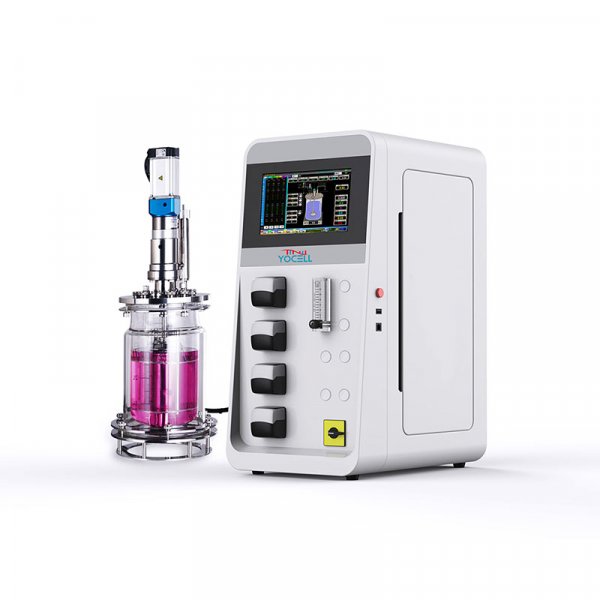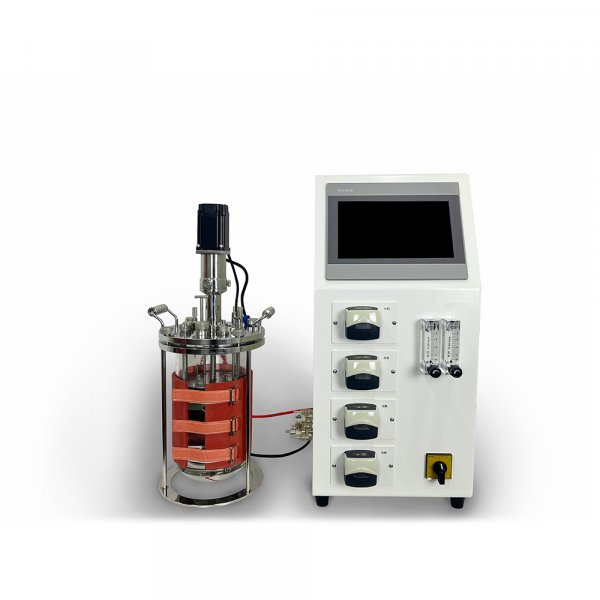With the rapid development of molecular biology and plant genetic engineering as well as the cross-fertilization of disciplines such as molecular medicine and modern agriculture, plant bioreactors have become a core element of molecular medicine agriculture.
01. Plant bioreactors
Plant bioreactor refers to the use of plant cells or tissues, etc. to produce vaccines, medical proteins, enzymes for industrial and agricultural use, biodegradable plastics, special carbohydrates, esters, and other secondary metabolites with medicinal value or important functional effects.
Molecular pharmaceutical agriculture uses molecular biology and genetic engineering methods to express and produce recombinant proteins or peptides for pharmaceutical use through plant bioreactors, and its production process covers gene cloning, plant cultivation, storage and transportation, and protein extraction and purification technologies.
The production of antibodies, vaccines and functional foods using plant bioreactors has unique advantages such as scale-up, low cost, high safety, short cycle time and good product performance.
02. Plant bioreactor optimization strategies
By regulating the transcriptional and translational modifications of exogenous proteins, the yield and quality of exogenous proteins can be dramatically improved. Organelle-specific promoter and enhancer introduction, codon optimization, "humanization" of glycosylation, inhibition of gene silencing, and inhibition of protease hydrolysis can improve the performance of plant bioreactors.
1、Promoter and enhancer optimization
Promoter is a cis-acting element that determines the interaction of transcription factors with the basic transcription device, has the specificity of transcription initiation, and interacts with RNA polymerase to determine the level of gene expression. An enhancer is a 50 to 1,500 bp DNA sequence that binds to transcription factors to enhance target promoter mRNA expression and increase the transcriptional activity of a specific gene.
Strong promoters and enhancers are selected and embedded into the untranslated regions of the 5′ and 3′ ends of mRNAs to improve mRNA stability and translation efficiency, achieve targeted folding, post-transcriptional modification and stabilization of recombinant proteins, and ultimately enhance the level and stability of exogenous protein expression.
2、Codon optimization
Codon optimization refers to the use of genetic engineering technology and host codon preference based on codon concatenation and other characteristics to adjust the synonymous codons of the target gene, eliminate rare codons, optimize the motif and the secondary structure of the mRNA and other related parameters, so as to achieve the purpose of improving the translation efficiency and enhancing the amount of protein expression.
3. "Humanization" of glycosylation process
Glycosylation is the most common and diverse type of post-translational modification of proteins in eukaryotic cells, which mainly includes N-glycosylation modification, O-glycosylation modification, C-glycosylation modification, and GPI-anchoring modification. Glycosylation plays a decisive role in maintaining protein stability, conformation, cell signal transduction, recognition and binding with other molecules or proteins, etc. It can produce protein glycoforms of human body compatible structures.
4、Gene Silencing Inhibition
The realization of a complete transcriptome in plant cells is jointly determined by gene expression and gene silencing. Gene silencing is very common in the growth and development of organisms, and its pathways are often integrated by a number of intracellular gene expression regulatory networks.
Studies have shown that a variety of plant viruses can encode inhibitory proteins for post-transcriptional level gene silencing, interfere with the behavior of core proteins such as RDR1, RDR6, and SGS3, or effectively inhibit double-stranded RNA shearing and RISC silencing complex assembly, thus resisting the host's post-transcriptional level gene silencing system and realizing the successful invasion of viruses.
In addition, some intracellular mRNA quality control, processing and degradation process of the key components are also transgenic post-transcriptional silencing inhibitors.
5, Protease hydrolysis process inhibition
Proteases are commonly found in organisms and play a crucial role in the growth and development of organisms. The plasma ectodomain is the main region of exogenous protein degradation, which is dominated by serine protease family such as serine, aspartic acid, cysteine and aspartic acid-like pepsin.
Exogenous protein degradation affects product quality and yield and has become a major obstacle to the industrialization of molecular agriculture, which can be effectively solved by selecting suitable targeted protease inhibitors.
03. Application of molecular medicine to agriculture
1. Antibodies
Plant-derived antibodies can be used in applications such as anti-pathogenic bacteria and cancer therapy. Antibodies against pathogenic bacteria include human immunodeficiency virus antibodies, Ebola virus antibodies, ZMapp and GP1-6D8 fusion proteins. Cancer therapeutic antibodies include rituximab and derived immunocytokines for the treatment of lymphoma and leukemia, trastuzumab and patuzumab for the treatment of HER2-positive breast cancer, and bevacizumab for the treatment of various cancers.
2. Antigen/subunit vaccines
Oral vaccine can induce the mucosal immune system of digestive tract, respiratory tract, genitourinary tract, etc., and stimulate the formation of immunoglobulin (IgA) through the recognition of M-cell antibodies, which then binds with membrane secretory components to form secretory immunoglobulin, and finally neutralizes invading pathogens by acting with the epitopes of the specific antibodies in the luminal tract.
Production process of Bacillus vaccine
Enhancing the body's metabolic functions or boosting immunity through oral administration of vaccines has a broad commercial and medical outlook.
3、Food
Nine types of functional foods produced by means of conventional breeding, biotechnology and agriculture include proteins, active polysaccharides, functional oils, functional vitamins, essential trace elements, functional flavonoids, functional peptides, free radical scavengers, and essential amino acids.
Vitamin A, lysine, oleic acid and stearic acid produced through plant bioreactors in rice, wheat, corn and soybeans have been industrialized.
04. Yocell Plant Cell Bioreactor with Lampshade Surrounding Glass Container takes up no extra space and is more suitable for plant cell growth. With genetic engineering and artificial intelligence technology, the use of plant bioreactors for the production of antibodies, vaccines, medicinal proteins, etc. has a very promising future.



